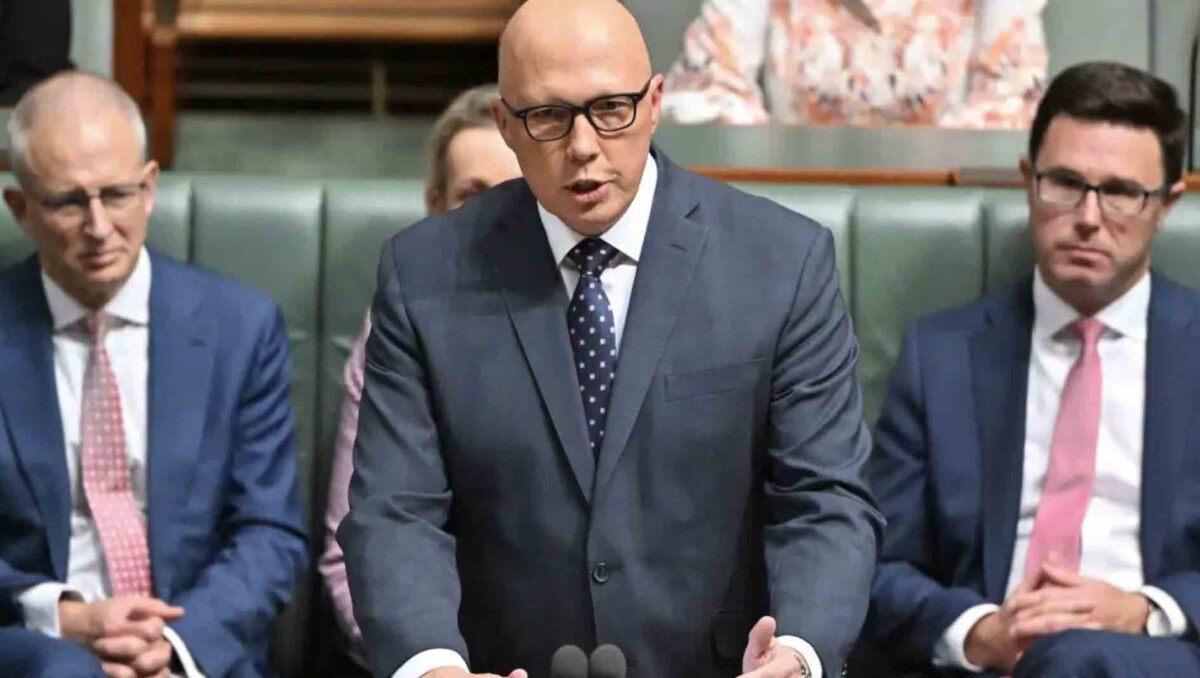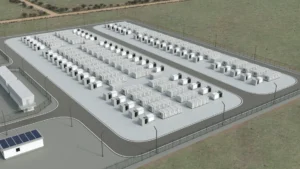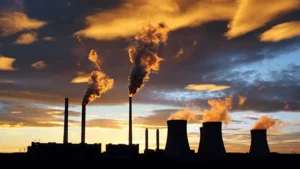Coalition leader Peter Dutton is nothing if not consistent – consistently wrong. For the second year in a row the Opposition leader has used his budget reply speech to push nuclear energy and reveal his complete misunderstanding about battery storage.
This is no accident. On the same day that Liddell – Australia’s oldest and most decrepit coal fired generator – closed down, Nationals leader David Littleproud was telling journalists that coal plants should be kept going or replaced by modular nuclear reactors. Other Coalition MPs were saying the same on Murdoch media.
Inside Liddell, the response from the heads of the Australian utility that owns the biggest fleet of baseload generators in the country was one of quiet exasperation. “No, we are not,” said AGL boss Damien Nicks . “Do you really need me to say anything else?”
Dutton insists. “Next generation, small modular nuclear technologies are safe, reliable, cost effective, can be plugged into existing grids where we have turned-off coal, and emit zero emissions,” he said in his budget reply, almost a carbon copy of last year’s.
Well, no. The problem with the Coalition’s nuclear stance is that they are pushing a product – small modular reactors – that do not yet exist, are likely to be prohibitively expensive and will have long term waste issues. And in a country that is so rich in wind and solar resources, they are simply not needed.
Dutton’s failure to understand this, and his ability to get things upside down and arse-about on other technologies are reflected in his, and the Coalition’s, repeated attacks on battery storage and technologies such as wind, solar and electric vehicles.
They just don’t get it. Scott Morrison compared the first big batteries to the Big Banana and the Big Prawn. Tony Abbott and Joe Hockey declared their horror at the very sight of wind turbines. Morrison said EVs won’t tow your boat. Not much has changed since.
Last year in his budget reply Dutton complained that the Victoria Big Battery – the country’s biggest – had just half an hour of storage at full capacity. For a start, that statement is wrong. It’s size is 300MW and 450MWh, which gives it 1.5 hours of storage, if needed.
But the reason it doesn’t have more is that a) there really isn’t any need right now and b) it’s primary role is to act as a shock absorber for the grid in case any of the big fossil fuel machines or transmission lines break down. And for that role, it only needs a little storage (30 minutes).
This year, Dutton served up pretty much the same tripe. This time he focused on the new 250MW/250MWh Torrens Island battery in South Australia, which he complained lasted for only one hour.
Again, he misunderstands what it is for. Torrens Island is the biggest battery in the world with so-called “grid forming” inverters, so its role will initially be mostly on providing grid services, including inertia.
Again, that doesn’ require much storage. Torrens Island, like most other batteries, will probably be expanded to provide four hours storage, or even more, some time down the track to help the grid get through the morning and evenings peaks.
But it, and others like it, are not doing that now because – even though South Australia is already at 70 per cent wind and solar averaged over the year – it is not needed.
When they are needed, the storage levels are likely to be even longer. NSW has contracted the country’s first eight hour battery – it is only relatively small, but these things are modular and can be easily expanded.
Nuclear small modular reactors, on the other hand, are a pipe dream in Australia. By the time the first commercial plant is deployed anywhere in the world, Australia will be heading past 80 per cent renewables.
By the time the SMRs are available at scale, if they are ever available at scale and at a competitive price, Australia’s economy should be getting close to net zero, or hopefully zero emissions.
It’s what happens on emissions in the next 5-10 years that counts. And the Coalition, as it did in government for nearly a decade, is doing its level best to slow things down, to protect their mates and donors in the fossil fuel industry.
Apart from absurd arguments to keep coal generators open, they are actively campaigning against the large scale wind and solar projects, and the transmission lines that will be needed for the green energy transition.
Dutton even resorted to the pink batts analogy. It’s not in his official speech, but he couldn’t help himself on the floor of the house.
“Remember how successful the Labor Party was at pink batts, at school halls,” Dutton said, before complaining that transmission lines will run across farms, national parks and thorough suburbs – just like the ones that deliver coal power now to their customers.
There’s every reason to question the economics of some of the transmission lines – and whether they are delivering the right benefits and are in the right place – but right now it seems that the Coalition strategy is the same as it has ever been: Delay, delay, delay. And hope that the tooth fairy might actually be real.










